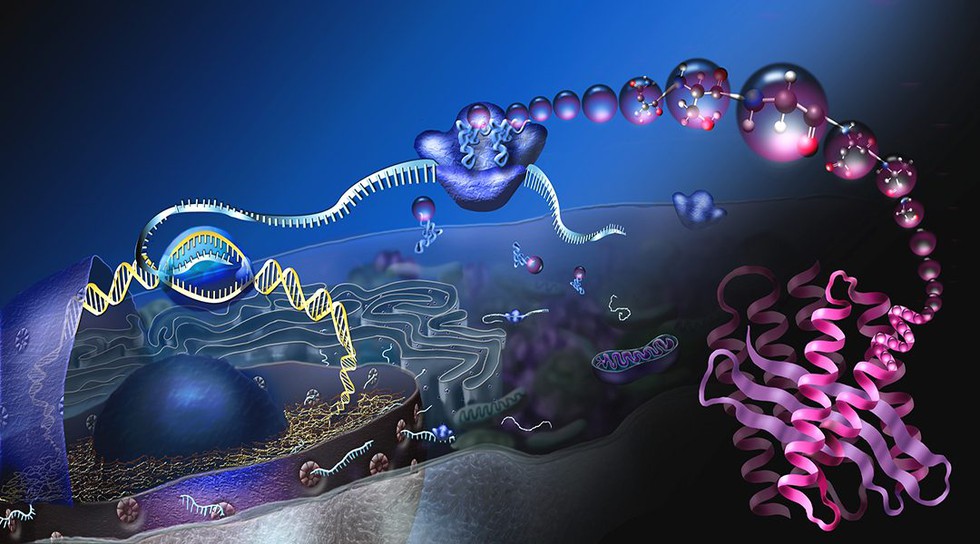Human cells contain ribosomes, complex structures responsible for protein production. Recent research has made significant progress in understanding the workings of the ribosome, shedding light on its structure and assembly process.
Visualizing the Ribosome
- Associate Professor Eva Kummer and her team have achieved visualization of atomic details of the ribosome using electron microscopy.
- The ribosome is a crucial component of cells, consisting of ribosomal RNA and proteins, functioning as a protein-building factory based on genetic instructions.
Ribosome Location and Function
- Ribosomes are found in various cellular locations such as cytosol, mitochondria, and bacterial protoplasm.
- They play a vital role in producing proteins, which are essential for the structure and function of the human body.
Ribosome Assembly Process
- Before initiating protein synthesis, ribosomes must undergo assembly from over 80 different components.
- The assembly process involves multiple stages, gradually assembling and positioning various proteins and RNA components.
Insights from 3D Models
- Kummer and her team have generated 3D models illustrating different stages of ribosome assembly.
- These models provide insights into the intricate process of ribosome formation, including the earliest stages previously undescribed.
Role of GTPBP10 in Assembly
- During the early assembly stage, the protein GTPBP10 interacts with RNA components, crucial for positioning the catalytic center of the ribosome.
- Correct folding and placement of RNA components are essential for efficient protein synthesis.
Implications for Disease and Aging
- Errors in ribosome assembly can impair protein production, leading to various diseases such as neurodegenerative disorders and heart conditions.
- Understanding ribosome assembly mechanisms may offer insights into disease pathology and potential therapeutic interventions.
Multiple Choice Questions (MCQ):
- What is the primary function of ribosomes in human cells?
- A) Energy production
- B) DNA replication
- C) Protein synthesis
- D) Lipid synthesis
- Answer: C) Protein synthesis
- Which technique was used to visualize the atomic details of the ribosome?
- A) X-ray crystallography
- B) Electron microscopy
- C) Nuclear magnetic resonance spectroscopy
- D) Mass spectrometry
- Answer: B) Electron microscopy
- What is the role of GTPBP10 during ribosome assembly?
- A) Initiating protein synthesis
- B) Folding ribosomal RNA
- C) Interacting with RNA components to position the catalytic center
- D) Breaking down proteins
- Answer: C) Interacting with RNA components to position the catalytic center
- Why is understanding ribosome assembly important in the context of disease?
- A) It helps in DNA repair mechanisms.
- B) It regulates cellular metabolism.
- C) Errors in assembly can lead to impaired protein production, causing diseases.
- D) It controls cell division.
- Answer: C) Errors in assembly can lead to impaired protein production, causing diseases.
